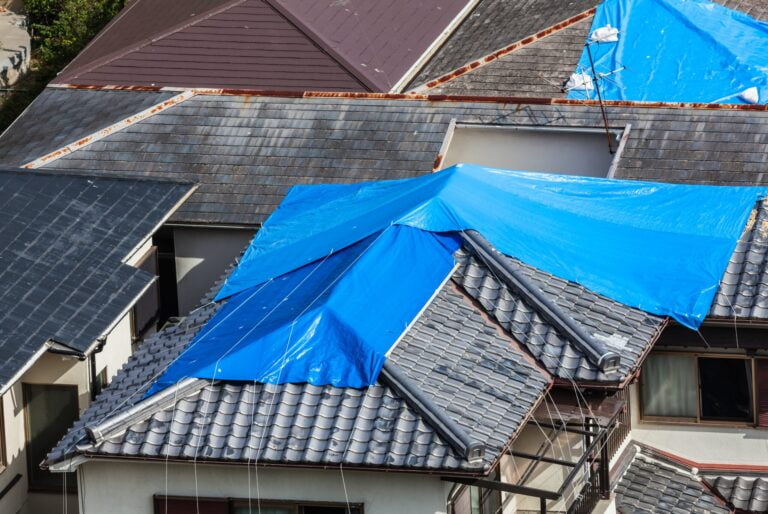Carbon monoxide (CO) is a silent killer that often gets overlooked as a potential hazard in homes and buildings. As a colorless, odorless, and tasteless gas, it often goes undetected, causing potential health risks to those exposed to it. To prevent such dangers, installing a carbon monoxide monitor in your home or building is essential.
The Invisible Menace: Understanding Carbon Monoxide Dangers

Carbon monoxide is a byproduct of incomplete combustion of fuels, such as natural gas, gasoline, wood, and charcoal. When inhaled, CO hinders the blood’s ability to carry oxygen to vital organs, such as the brain and heart. Prolonged exposure to CO can lead to symptoms such as headaches, nausea, dizziness, confusion, and even death. Unfortunately, due to its inconspicuous nature, many people remain ignorant of the risks associated with CO, which is why it is crucial to have a better understanding of its dangers.
Although anyone can fall victim to CO poisoning, certain groups are at higher risk, including infants, the elderly, pregnant women, and individuals with chronic medical conditions. It is essential to keep your home or workplace well-ventilated and educate those at risk about the potential dangers of CO exposure. Ensuring proper maintenance of appliances that may emit CO, such as furnaces and gas stoves, can also help mitigate this hazard. Ultimately, installing a reliable carbon monoxide monitor can be a lifesaving decision.
Awareness of CO risks is crucial, and understanding the symptoms of CO poisoning may aid in recognizing potentially dangerous situations. Identifying the sources of CO, such as idling vehicles in attached garages, malfunctioning fuel-burning appliances, and blocked vents or chimneys, can help prevent hazardous situations while using fuel-burning equipment. It is advisable to take action immediately if CO is suspected, such as moving to fresh air and calling emergency services.
The Importance of Proper Ventilation
Proper ventilation plays a vital role in preventing CO buildup in indoor environments. Ensuring adequate airflow can help dilute CO concentrations, preventing them from reaching dangerous levels. Regular maintenance of heating systems, water heaters, and other fuel-burning appliances is crucial to make sure they are functioning correctly and safely. Moreover, annual inspections by qualified professionals can detect issues early on and help prevent CO-related accidents.
Opening windows and doors periodically can help improve indoor air quality and prevent the accumulation of CO. Additionally, keeping vents and chimneys clean and unblocked also aids in maintaining proper ventilation. Educating building occupants about the necessity of adequate ventilation, particularly in areas where fuel-burning appliances are present, can significantly reduce CO-related incidents.
Still, relying solely on ventilation may not be sufficient to protect against CO. Installing an effective CO monitoring system remains an essential component of maintaining a safe environment.
Benefits of CO Monitoring

Investing in a carbon monoxide monitor can significantly reduce the risk of CO poisoning and even save lives. These monitors are designed to detect CO levels in the air and provide alerts when dangerous concentrations are present. Early warnings from CO detectors can give occupants enough time to react, preventing severe injury or death from exposure to this lethal gas.
CO monitors not only provide a critical line of defense against poisoning, but they may also help identify malfunctioning appliances before they cause further harm. Regularly checking and maintaining a CO monitoring system can ensure its reliable operation and contribute to increased safety for building occupants.
Furthermore, installing CO monitors may be a legal requirement depending on local legislation, which often mandates the installation of such devices in residential and commercial properties. Compliance with these regulations can protect property owners from potential fines and liabilities while safeguarding occupants against CO-related hazards.
Altogether, understanding the dangers of carbon monoxide and implementing adequate ventilation is crucial to preventing CO-related incidents. By investing in reliable CO monitoring and following best practices for installing and maintaining the device, you can safeguard your home or workplace from this invisible threat.







